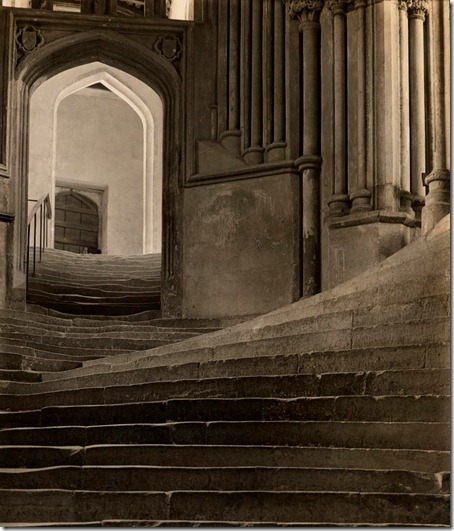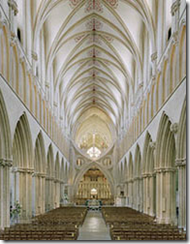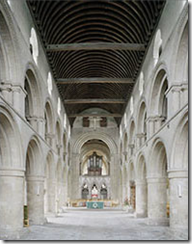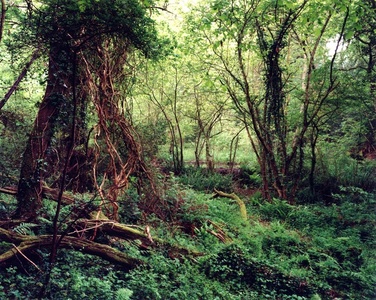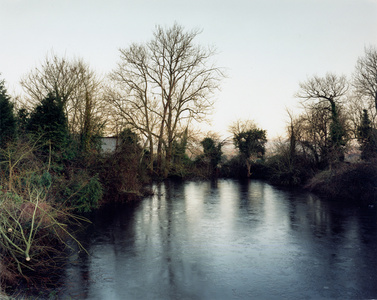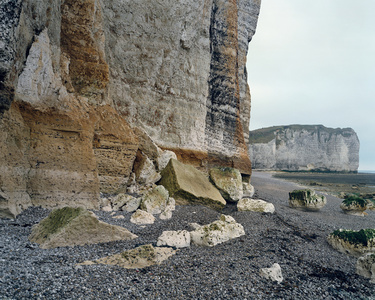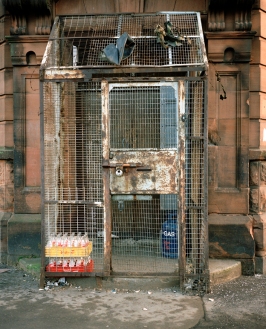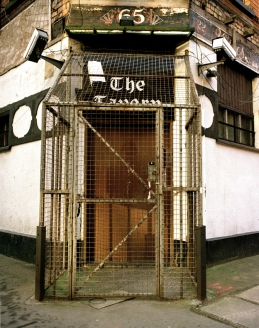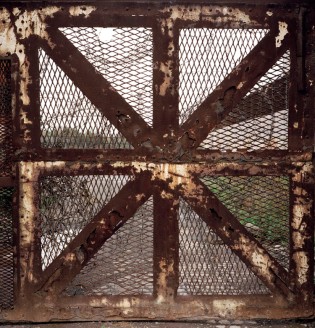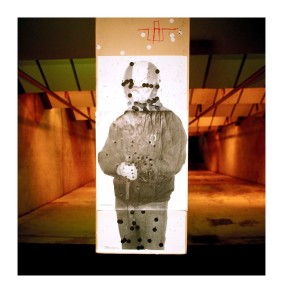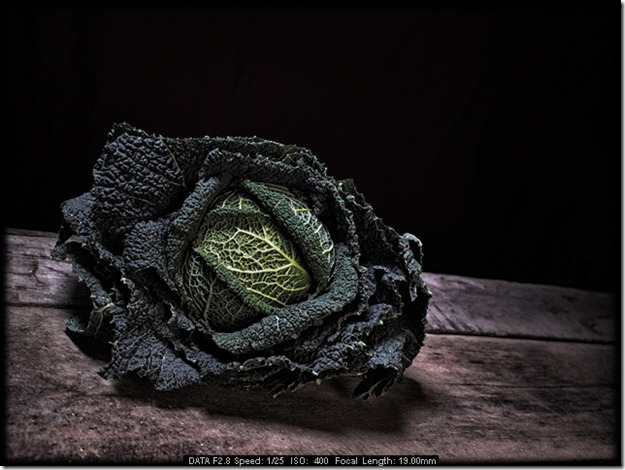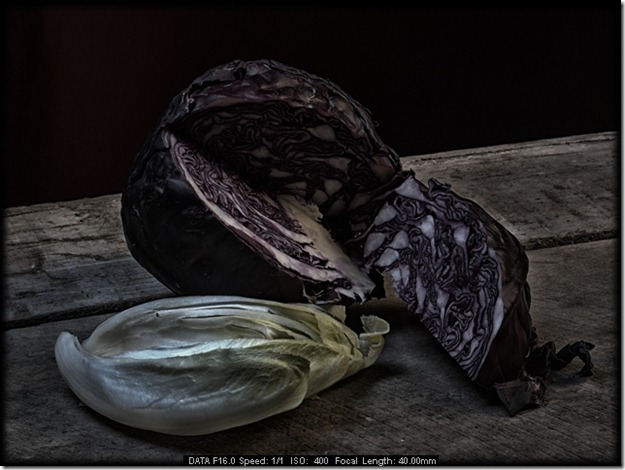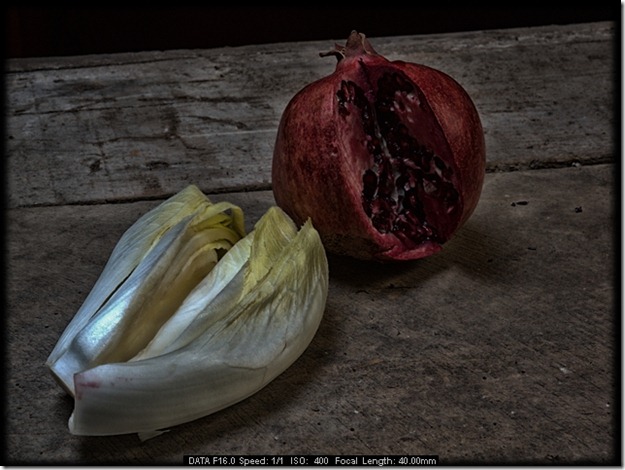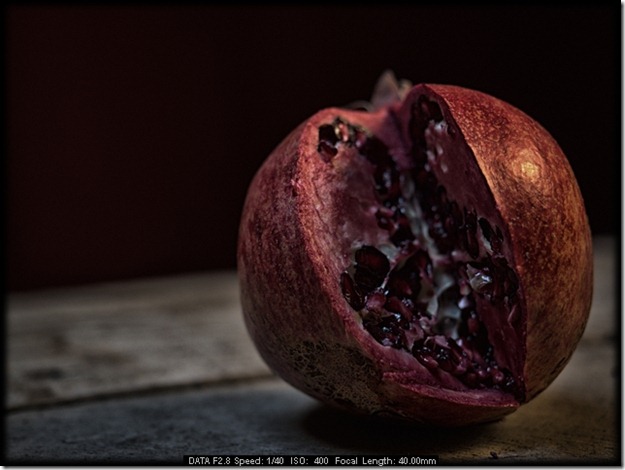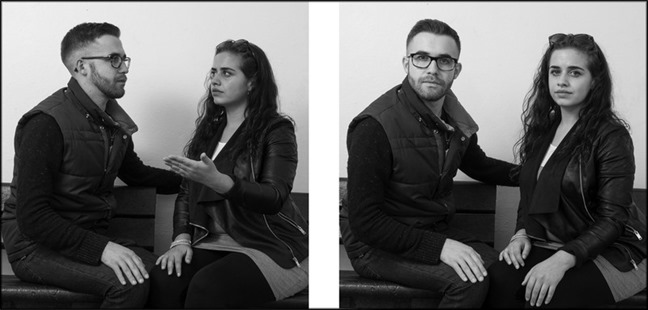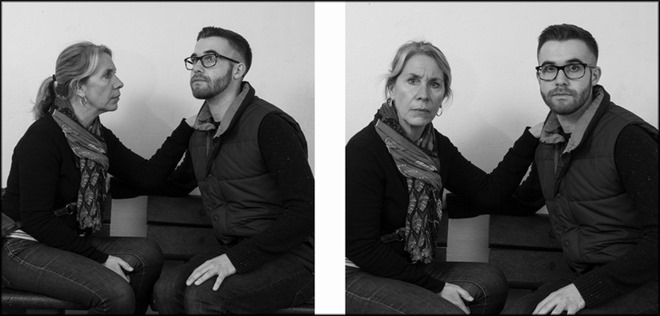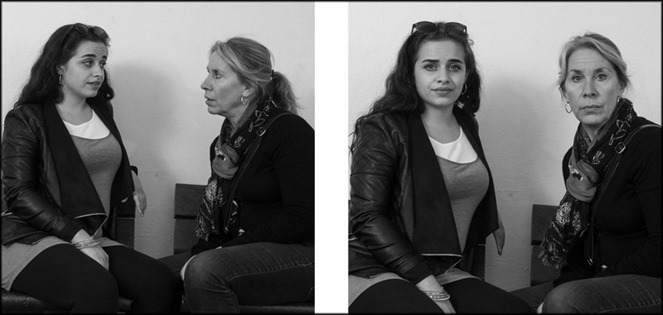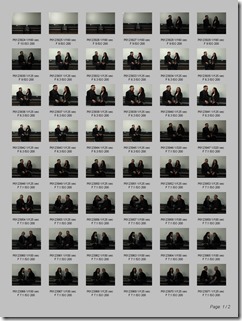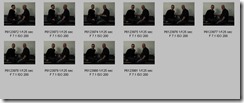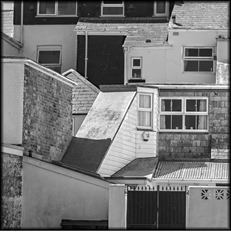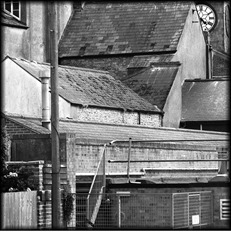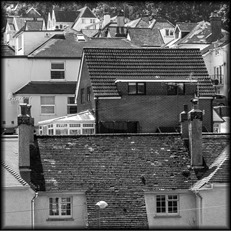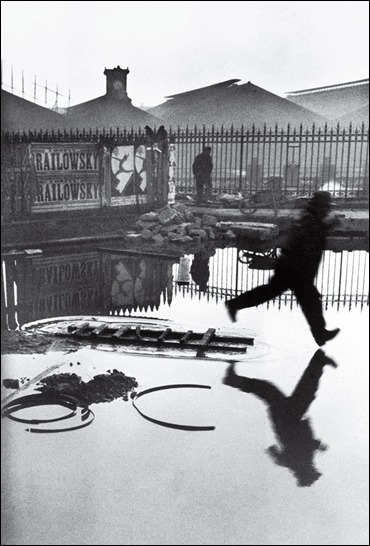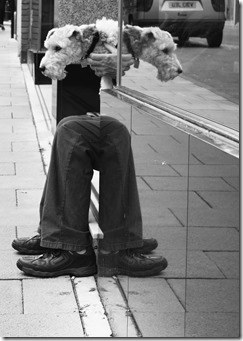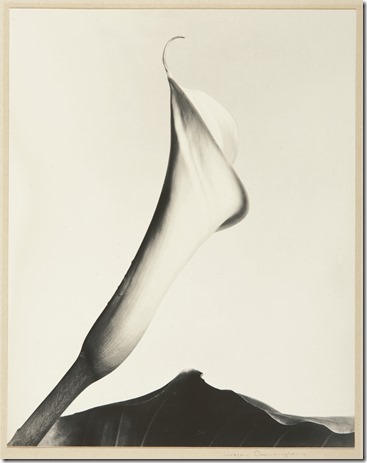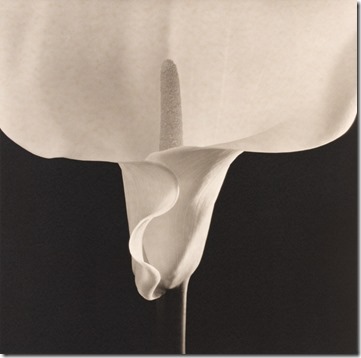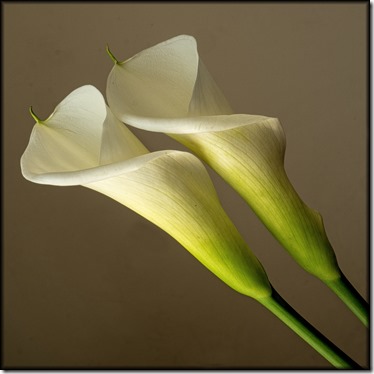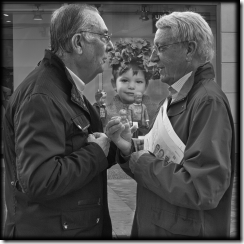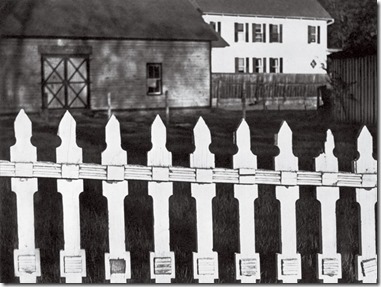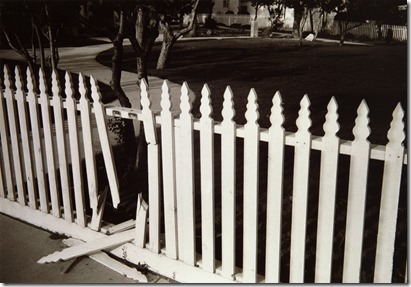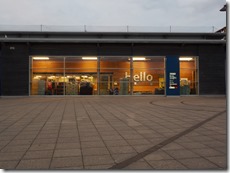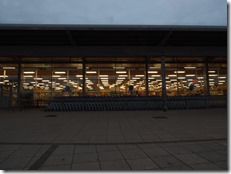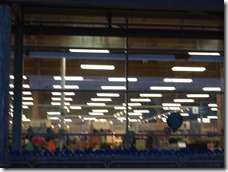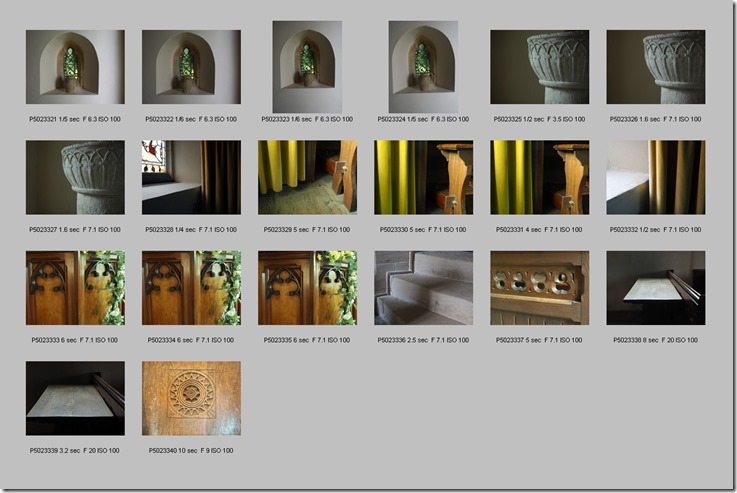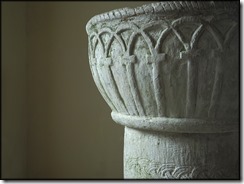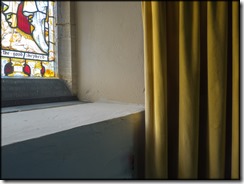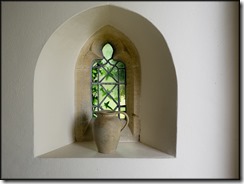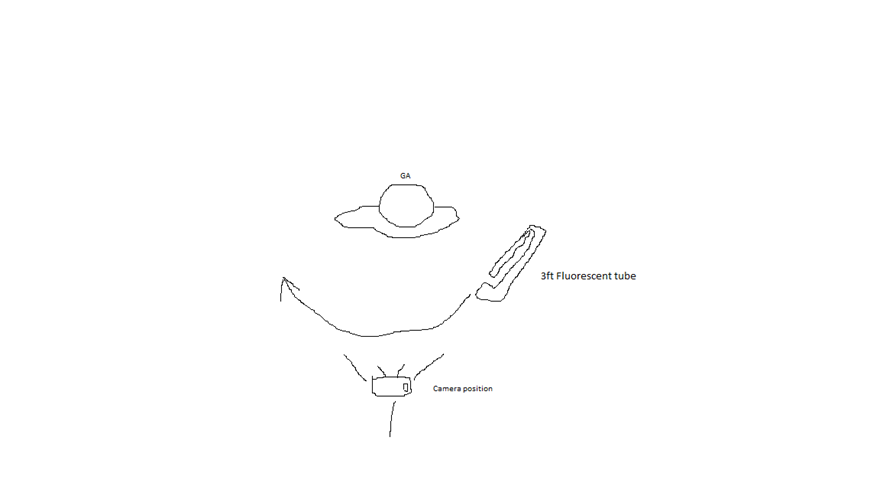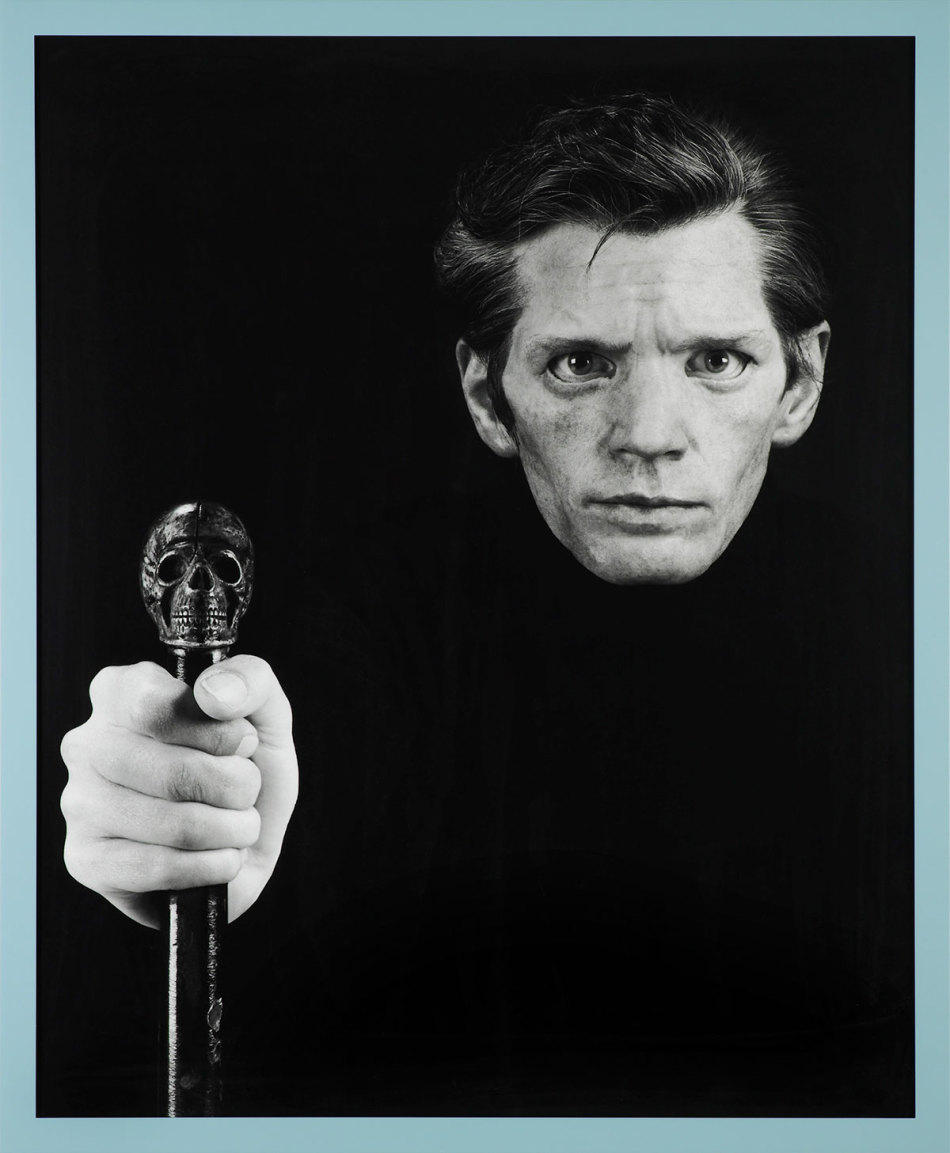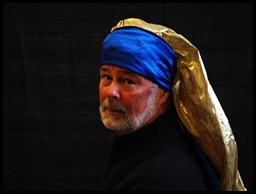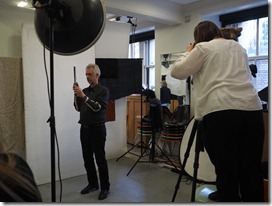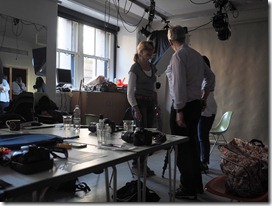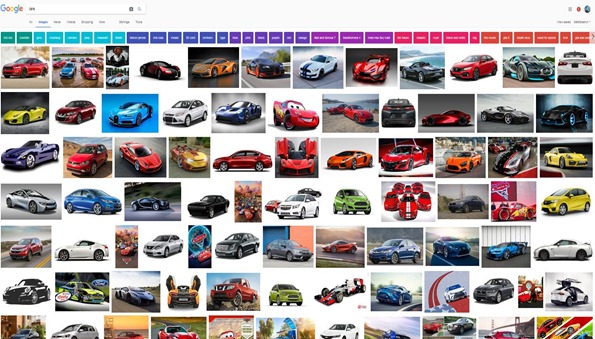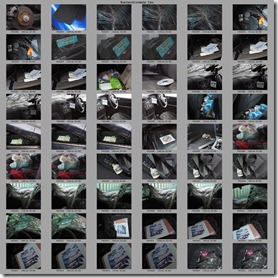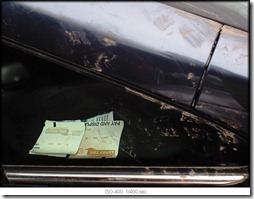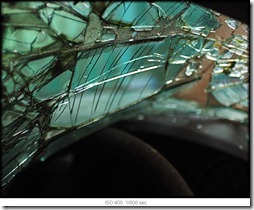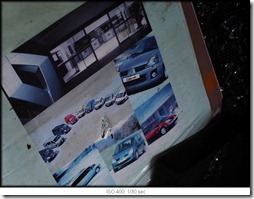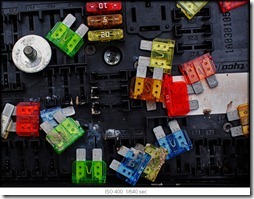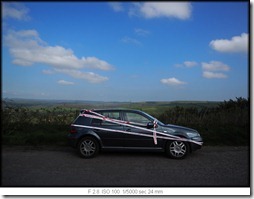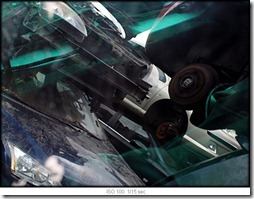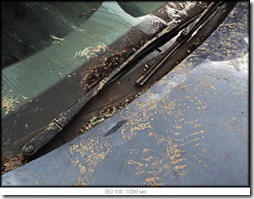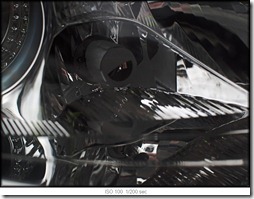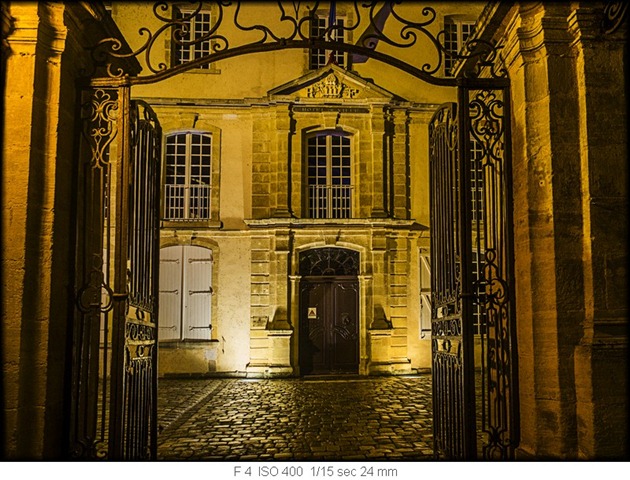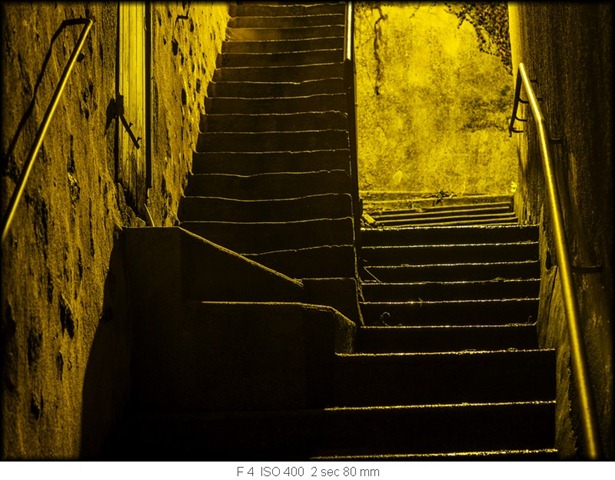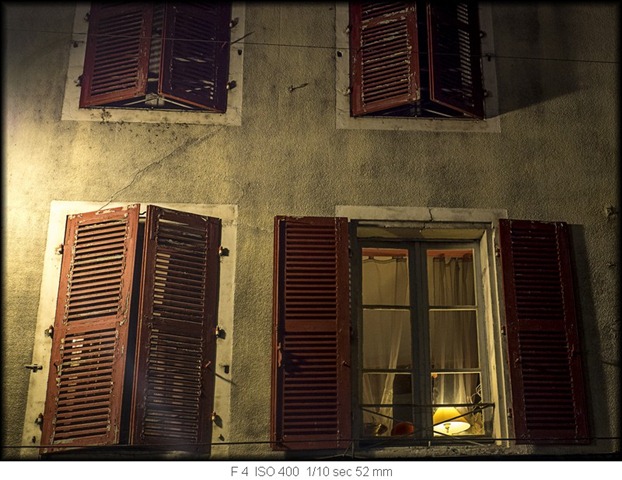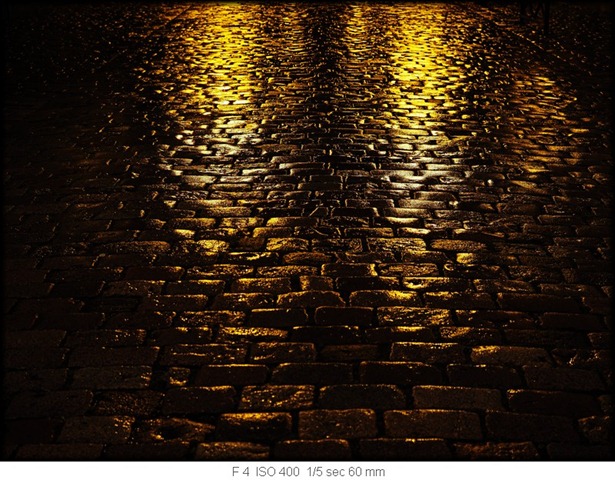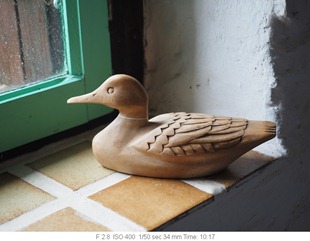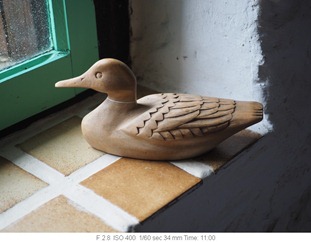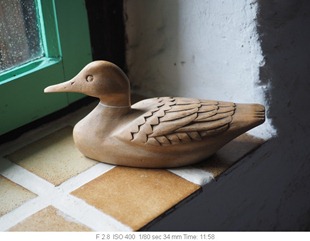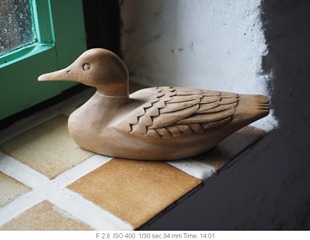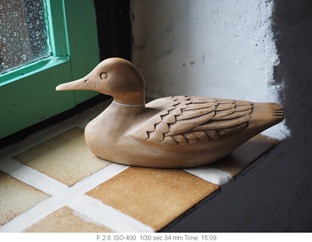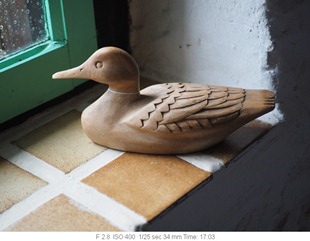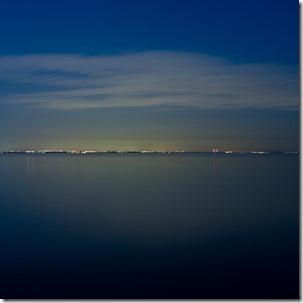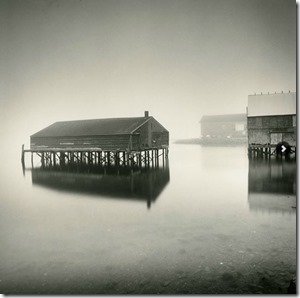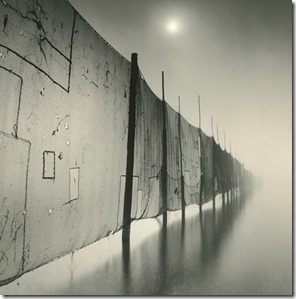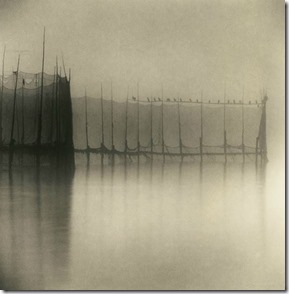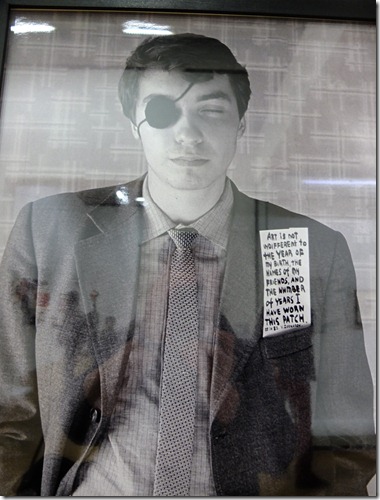Following our telephone tutorial I have followed up the suggestions made by my tutor:
1. Re-edit Assignment 3 images after considering Paul Graham’s work “A Shimmer of Possibility” – you can see the re-edited set here and my observations on Paul Graham below.
2. Read Geoff Dyer’s “Ongoing Moment” – see below
3. Read David Campany’s “Cinematic” – ibid
4. Read Merlin Coverly’s “Psychogeography” – ibid
1. My Assignment 3 involved working from a moving river boat, photographing the movements and activities of people on the embankment. The work prompted my tutor to point me at the work of Paul Graham and suggest I re-edit the sequence bearing his approach in mind.
Paul Graham (UK, 1956- ) is an English photographer whose series “A Shimmer of Possibility” comprises twelve books of photographs taken in America between 2004-6. They consist of up to twenty-six images in each book, taken on visits to between two and four cities per book; one volume, Camarro, Louisiana has a single image. I haven’t yet been able to get my hands on a set of these volumes so I’ve only been able to view some of the work as single images online – the layout and sequencing of the books is therefore beyond my reach just now. The photographs depict strangers moving through the frame and past each other. Graham remarked:
“Perhaps instead of standing at the river’s edge scooping out water, it’s better to be in the current itself, to watch how the river comes up to you, flows smoothly around your presence, and reforms on the other side like you were never there.”
A shimmer of possibility. Photographs by Paul Graham | MoMA. https://www.moma.org/calendar/exhibitions/321?locale=en (accessed April 14, 2017).
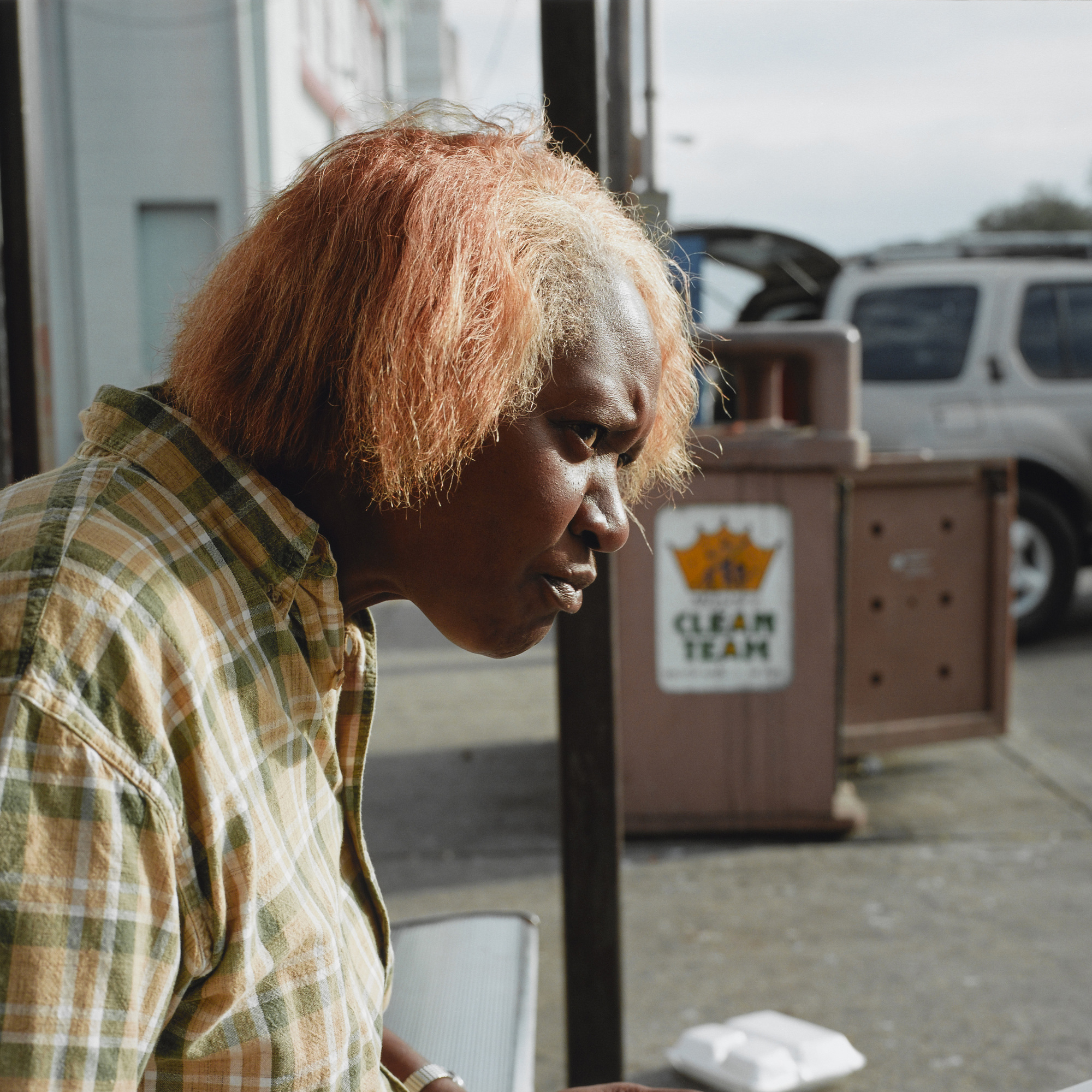



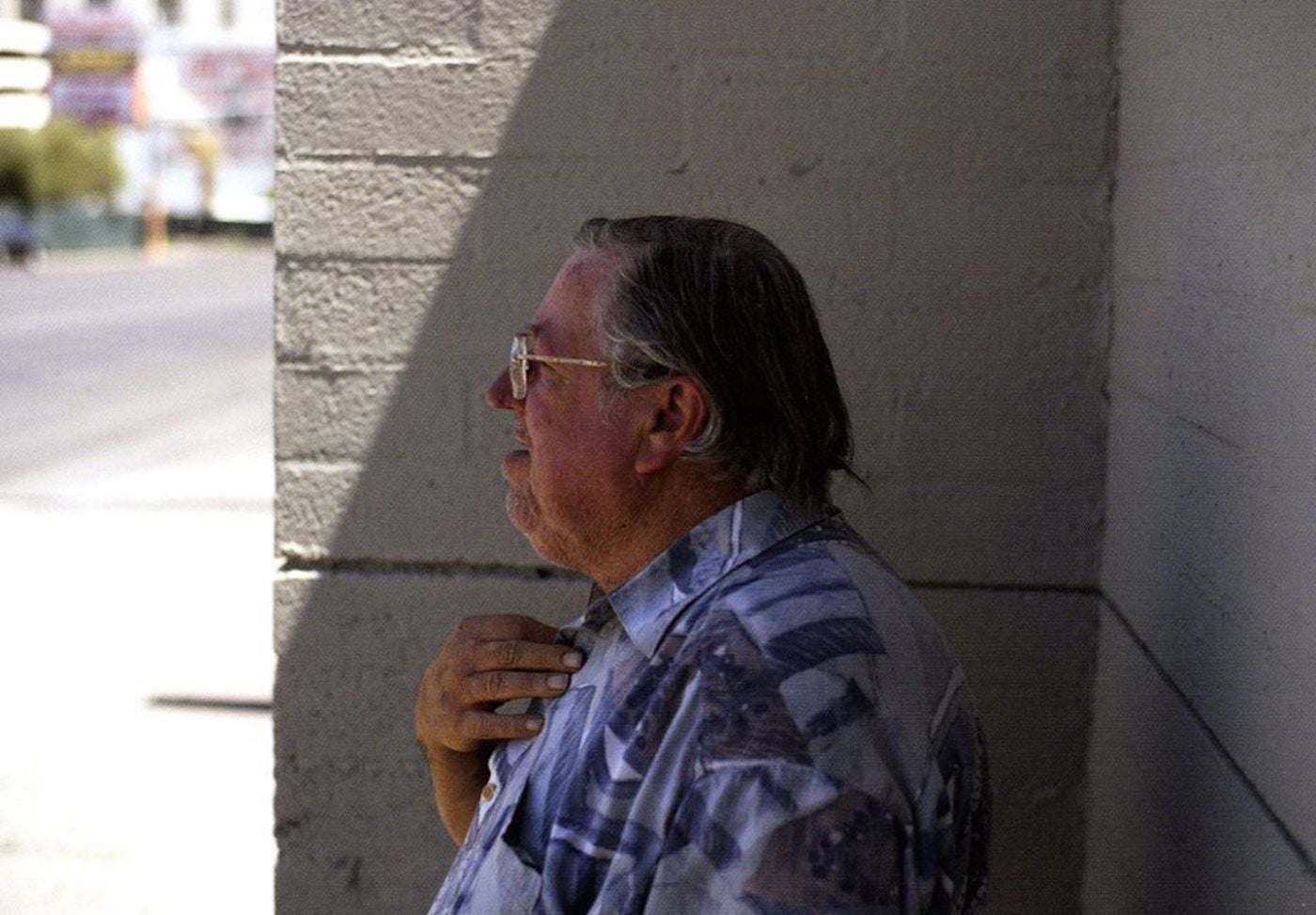



Graham has made a bold statement with his choice of presentation – a book with just one photograph in it…? The choice must be intended to convey some meaning, or at least be important to Graham himself since it involves considerable expense; one would expect a project such as this to be bound in one volume, even if it were separated into chapters for each city group. My view is that he wanted to emphasise the difference and individuality of the places even though there may be little to differentiate them in the images themselves. Relating this to my own work for this assignment there is a common thread of happenstance – the content occurs for only a fleeting instant but in that time a microcosm of the place is set in the photographic frame. The unique ability of the photograph to record tremendous detail allows the viewer to contemplate and explore a single moment for a protracted period, revealing layers of information in what at first may appear to be a mundane image.
Assignment 3 – Re-edit
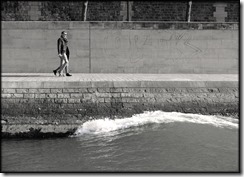
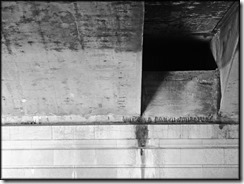
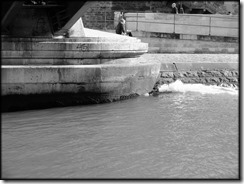
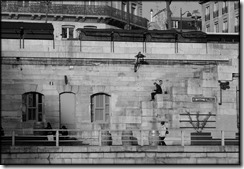
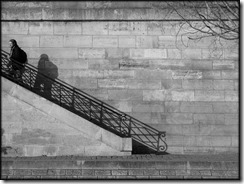

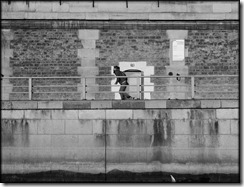


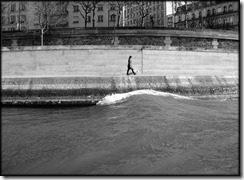
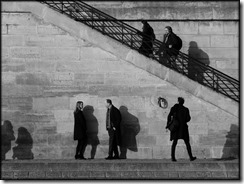
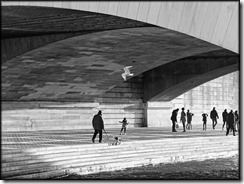
2. The Ongoing Moment – Geoff Dyer
Dyer’s presentation is somewhat unusual in that the body of the book, some 250 pages, consists of just one chapter; the book is indeed ongoing. It’s declared purpose, to make a ‘survey of photography’ follows ‘earlier well-intended attempts to marshal the infinite variety of photographic possibilities in to some kind of haphazard order’ and takes the form of a series of discussions about the works of all the ‘name’ photographers since the invention of the process.
Dyer mixes incisive observations and historical facts with his own interpretations of the works featured. For example, here he discusses Andre Kertesz’s “Broken Bench, New York, 20 September, 1962” [shown below]:

On 20th September 1962, in New York, after all those long years of snubs and slights, Kertesz took a photograph that summarised his own situation – or his own perception of his situation – perfectly. Near the top of the frame two women seated on a bench; in the distance is scattered an assortment of empty chairs and benches. A third of the frame is completely dominated by the back of a man in an overcoat looking down at a broken park bench. It is quite possible that after enough knocks and disappointments your favourite bench could mean almost as much to you as a pet dog or a wife once did. Pathetic? That’s the point: how sad it is that there are people for whom a bench could mean the difference between melancholy and breakdown.
He goes on to enlist the help of Philip Larkin (always gleeful to assist in matters of melancholy) with a few lines from Larkin’s poem ‘Toads Revisited’:
Turning over their failures
By some bed of lobelias
Nowhere to go but indoors
No friends but empty chairs…
It’s fair to give Dyer some latitude in the extent to which he assigns meaning and inferences to an image and I think these fall just the right side of outlandish. They take on some extra validity when he later explains that the figures in the photograph are Kertesz’s wife Elizabeth and a troubled young woman whom they had elected to support; the overcoated figure is Elizabeth’s business partner.
Dyer cleverly teases out lines of influence at work between photographic contemporaries, explaining and illustrating similarities in their images and in their approach to photography. This line of investigation helps to weave a human element into the fabric of photographic progression throughout its twentieth century evolution.
His perceptive observations regarding his subjects are scattered throughout the book;
On Walker Evans “Time passes through his camera”
On Kertesz and Winogrand “Kertesz was accused of saying too much in his pictures; Winogrand’s don’t let you get a word in edgeways”
On Edward Weston “As if photography weren’t exhausting enough, there were the practical difficulties posed by the sheer number of women throwing themselves at him”
And for William Eggleston “ [his] photographs look like they were taken by a Martian who has lost the ticket for his flight home and ended up working at a gun shop in a small town near Memphis”
The book is an entertaining and penetrating look at the lives of these photographers, placing them squarely amongst the preoccupations and social concerns of their time. I give it 9/10 (but only because the illustrations are rather poor quality)
3. Cinematic – David Campany
This is a collection of essays written on the relationships between the still photograph and the moving image. In this volume Campany has collected a wide range of viewpoints from a variety of authorities and the discourse ranges wide and deep. Photography has its fair share of academic dissectors but they pale beside the output of film theoreticians; there is no connection too tenuous, no assertion which cannot be tortuously validated. I have the PDF version of this book and I find it difficult to read on-screen so I will find a paper version and carry it forward for study when my comprehension has matured somewhat.
4. It was suggested that I look at the concept of the flaneur and psychogeography. I was casually acquainted with the flaneur notion, a friend having once suggested I was behaving like one I did a little research and found I agreed with her assessment. To me a flaneur has a number of qualities: an unhurried pace, leisurely but not without direction; dressed in a way which doesn’t draw undue attention (though the rather flamboyant Dandyism is connected in some aspects with flaneurism); an attitude which allows for the absorption of the surroundings and the inhabitants. It is essentially an urban pursuit, requiring a connection with buildings, public art, street artefacts and to a lesser extent passers-by,
In a photographic context the flaneur takes on the additional function of collector, recording experiences and observations made during his perambulations. It suggests a more thoughtful and considered approach than the genre of street photography and may involve an appreciation of the mundane or even the banal.
Psychogeography I found a good deal more slippery. I located a PDF of the Merlin Coverley book but found the style difficult to read as it continually refers to other texts to establish the points it wishes to make. Not having read these other books I struggled with it, but grasped enough to get a sense of the main aspects. A more accessible outline found in the Wiki entry helped me to understand further. As this relates to my own work, it may encourage me to photograph what I see rather than what I want to see. Perhaps undirected photography, like the undirected movement associated with psychogeography, may produce work worthy of examination at a later time. Although the physical activity of movement in a psychgeographic fashion may be random, sometimes a framework may be applied in order to produce a track which is deliberately but predictably different to the usual a-to-b route:
Participants walk an algorithm or fixed pattern, such as “first right, second left, first left, repeat.” In other words, you head in any direction, take the first right, then go two blocks to the second left, then at one block take a left, and then repeat the pattern as often as you wish. The result is a remarkable style of travel — neither goal-oriented nor random, structured but always surprising.
A New Way of Walking, http://www.utne.com/community/a-new-way-of-walking (last visited Apr. 23, 2017).
I can understand the fascination of this form of urban discovery and why it would appeal to its early French protagonists. For myself, I have no difficulty in achieving satisfyingly random movement in any environment especially urban; the difficulty arises in finding my way home.





